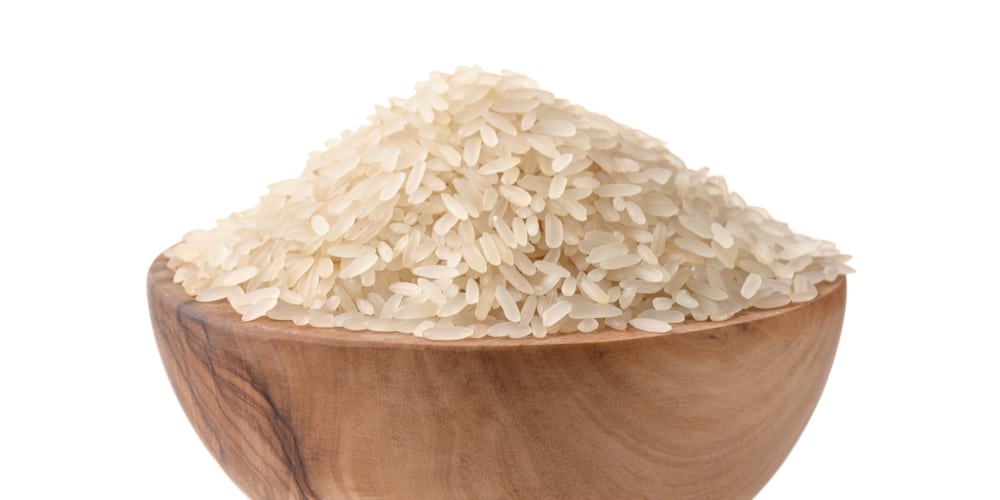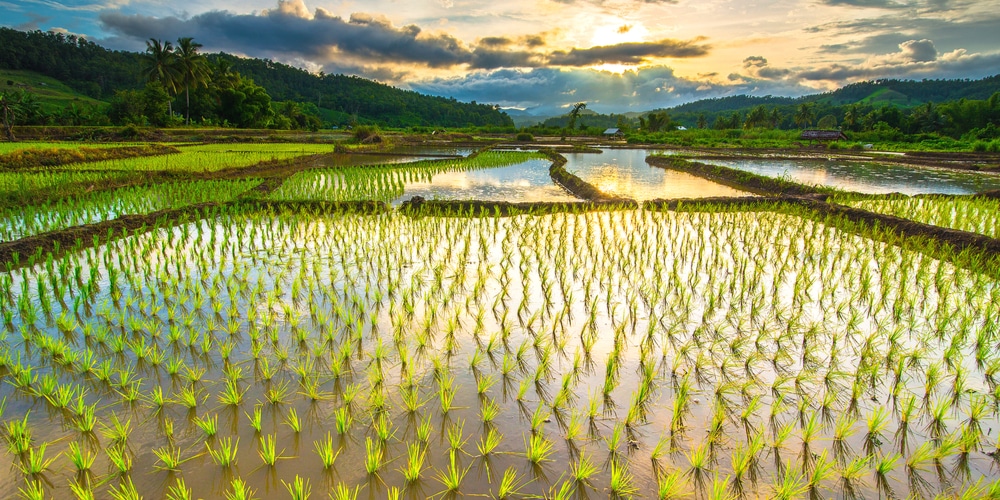Rice’s popularity can’t be denied as it’s the staple food of more than half the world’s population, meaning that more than 3.5 billion individuals consume rice on a regular basis. It’s currently a predominant dietary source in at least 17 different countries in Asia and the Pacific, 9 in North and South America, and 8 in Africa.
Thanks to its unique composition that proves to be rich in nutrients, vitamins, and minerals, it’s an excellent source of complex carbohydrates and the number one crop in the world for its popular demand and reliability.
However, only a few rice consumers understand the whole concept of rice growth. That’s not good as in this modern society more individuals are deciding to grow their own seeds and crops for the experience, make some profit out of the gains or just to have a healthy life by having complete control on the diet. S
o, before performing premature actions, is important to understand the conditions that must be met to achieve perfect rice growth, and to do so, this question will be answered in the next article: Can Rice Grow in Cold Climates?
Rice’s Growth Conditions: Can Rice Grow in Cold Climates?
Over the years, it has been proved that the rice crop requires a hot and humid climate to get the best results. The reason behind this statement is that this type of crop demands a constant and assured supply of water, meaning that humidity becomes a game-changer factor during the growing process. Temperature levels ‘matter’ as well, and it’s estimated that the average temperature requires ranges from 21 to 37 degrees Celsius which can be easily obtained in regions that count with previously explained conditions.
Does that mean that rice can’t be grown in cold climates? Absolutely not! In fact, some of the world’s most popular rice grower countries count with cold climates, and even with that handicap they still deliver an insanely large amount of high-quality rice per year. Countries like Japan and China export thousands of tons of rice every single year even in the hardest cold conditions, and they don’t have any plan on stopping the production.
Why Rice can Grow in Cold Climates?
Rice is a versatile crop as it’s believed that it was originated in the cold areas of Japan and China. Prove of this statement is that most of the cold-hard rice variety that exists in the market can easily withstand low temperatures that go lower than 40 degrees Celsius. Ironically the most known type of rice that effectively withstands cold climates is the short-grain Japanese-style rice.
The reason why rice can grow in cold climates even when it goes against the ‘suitable conditions’ is thanks to the usage of alternative farming methods and techniques such as flooded paddies. Flooded rice paddies can be a system that counts with three compartments which promote better oxygen and water flow during the whole growing process.
The limiting factor for rice cultivation isn’t temperature as many people believe, in fact, it’s water. That’s why countries like Japan manage to grow rice in strange yet effective terrains such as mountains and in cold-climate environments. It’s definitely true that with more warmth better results will be obtained, but as long as the water supply stays constant and the growth techniques are competently used, nothing can go wrong even when the region is characterized for cold climates.
What are the Best Examples of Cold-Climate Regions that Grow Rice?
The main candidates that can prove the veracity of the previously explained concepts and statements are Japan and China. The former relies on rice fields located in mountains (some of them count with the most exclusive and highest-quality production samples in the world) while the latter manages to fight against some of the coldest temperatures in the Northern China regions where rice is produced in commercial quantities due to the local daily staple diets that rely on rice porridge with noodles.
Other popular examples are the Amur/Heilongjiang River which is a river basin near the Russian border (in Northeast China) where rice fields and flooded paddies are a common view. Po River Vallet in Northern Italy also promotes rice grown in the region, the Sacramento area of Northern California, in Uzbekistan and other areas of Central Asia, and in many other regions as well.
Conclusion – It’s All About Water and Technique.
Rice can in fact grow in cold climate regions as it’s a versatile crop that can endure many handicaps as long as there’s always water and competent farming techniques are used during the whole process.
Nowadays is easy to find more local farmers who are doing their best to manually grow rice in cold regions, and some of them do actually succeed in their task. Also, due to global warming threats and effects, countries like Canada are already testing rice-growing techniques in flooded paddies to be prepared for the worst in case it happens in the near future.


